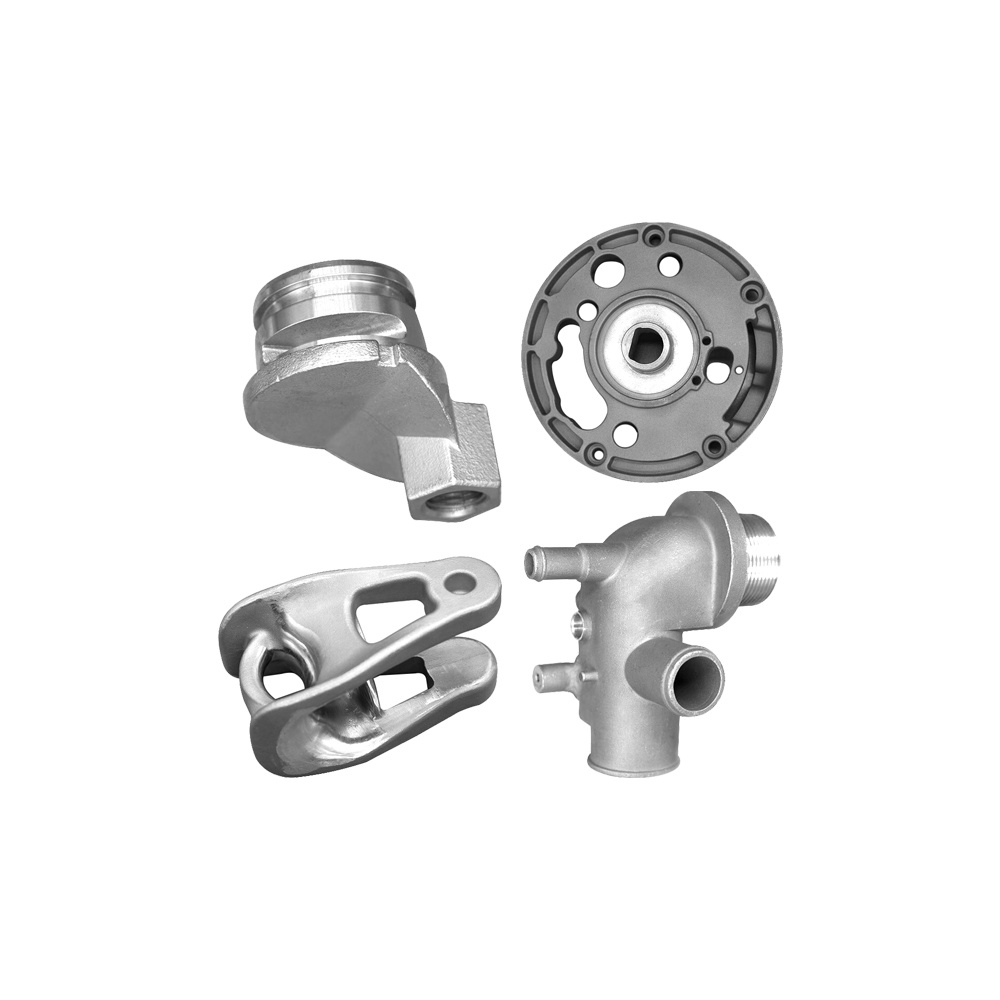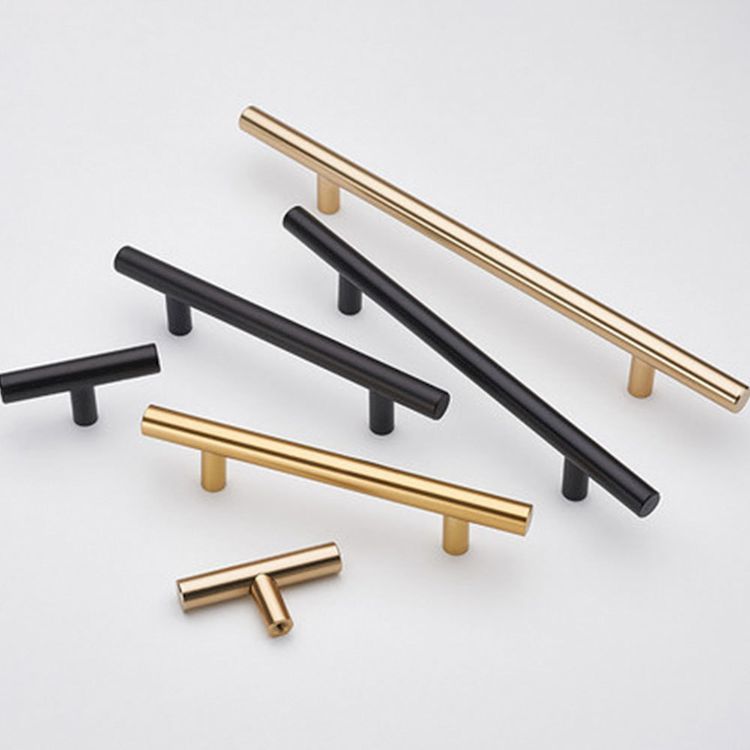 Esperanto
Esperanto
 Shqiptare
Shqiptare
 Euskara
Euskara
 Zulu
Zulu
 Latinus
Latinus
 Cymraeg
Cymraeg
 தமிழ்
தமிழ்
 Slovak
Slovak
 Slovak
Slovak
 Afrikaans
Afrikaans
Understanding Sheet Metal Fabrication: A Key Process in Mechanical Manufacturing
Release time:
2025-04-29
Source:
The first step in the sheet metal fabrication process is the selection of the appropriate metal type, which can include steel, aluminum, copper, and more. Each metal has unique properties, making it suitable for different applications. For instance, aluminum is lightweight and corrosion-resistant, making it ideal for aerospace components, whereas steel is strong and durable, often used in construction.
Once the material is chosen, the fabrication process can begin. Common methods include cutting, bending, and assembling. Cutting can be done through laser cutting, water jet cutting, or plasma cutting, allowing for precise measurements and intricate designs. Bending follows, which can be achieved using press brakes or other bending techniques, shaping the metal into the required angles and forms. Finally, assembly techniques, such as welding, riveting, or fastening, enable the creation of complex structures from individual parts.
The versatility of sheet metal fabrication allows it to cater to a wide range of applications. From automotive and aerospace components to HVAC systems and consumer electronics, the use of fabricated sheet metal is nearly ubiquitous. In addition to functional parts, sheet metal can also be used to create aesthetic elements in product designs, showcasing how functionality and style can coexist.
One of the significant advantages of sheet metal fabrication is its efficiency. The ability to produce parts quickly and accurately reduces lead times and increases production rates. Furthermore, advancements in technology, such as computer numerical control (CNC) machines, have revolutionized the fabrication process, allowing for greater precision and customization.
Another benefit is the sustainability aspect of sheet metal fabrication. Many metals used in this process are recyclable, contributing to reduced waste and environmental impact. This aligns with the growing emphasis on sustainable practices within the manufacturing industry.
In summary, sheet metal fabrication is an indispensable process in mechanical manufacturing, offering diverse applications and benefits. Its ability to transform metal sheets into functional and aesthetic products signifies its importance in modern industry. Understanding these practices can provide valuable insights for those engaged in or exploring the fields of metalworking and fabrication.
Sheet Metal Fabrication
Related News
2025-12-14 12:00
Understanding CNC Turning and Milling Parts: A Comprehensive Guide for Precision Manufacturing
CNC (Computer Numerical Control) turning and milling are essential processes in the realm of precision manufacturing. These techniques are widely employed in the machining industry for producing intricate components that meet strict tolerances and specifications. Understanding the fundamentals of CNC turning and milling parts can enhance your knowledge of how these processes contribute to quality
2025-12-09 12:10
A Comprehensive Guide to Household Appliances Maintenance: Keep Your Home Running Smoothly
A Comprehensive Guide to Household Appliances Maintenance Household appliances are the backbone of modern living, providing convenience and efficiency in our daily routines. However, just like any other mechanical devices, they require regular maintenance to function optimally. In this guide, we will explore various household appliances, their maintenance needs, and practical tips to extend their
Let’s Talk
We can help you figure out your needs.




